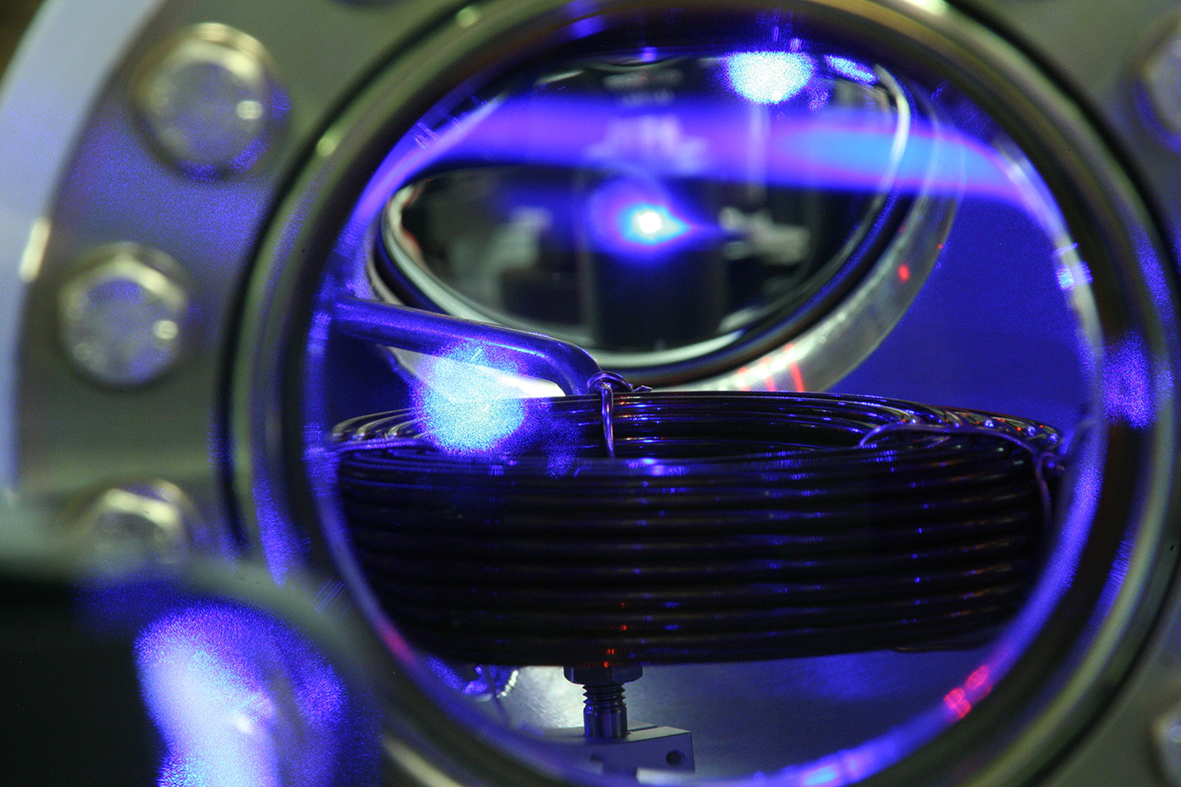World Metrology Day 2019 on May, 20
On May 20, this year’s World Metrology Day, the revision of the International System of Units (SI) will come into effect. Still unchanged remains the definition of the second, but the optical clock technology is paving the path for a redefinition of the SI-second. Menlo Systems provides the enabling technology with complete laser system solutions for optical clocks (e.g. strontium (Sr) lattice clocks).
Revision of the International System of Units
The significance of measurement units reaches far into the past of human history: they have been invented to facilitate commerce, assure health, and deal with environmental matters. The Metre Convention on May 20, 1875 laid the fundament for a coherent measurement system worldwide. On November 16, 2018, the General Conference on Weights and Measures (CGPM) agreed on a significant revision of the International System of Units (SI) by linking all units to fundamental constants [1], similar to the revision of the definition of the second and the meter more than 30 years ago. The revision will come into effect on May 20, 2019, this year’s World Metrology Day. In the future, higher accuracy in measurements will automatically lead to a better realization of the SI units, without the need of a redefinition.
Definition of the SI-second
Still unchanged remained the definition of the second which is currently referring to a microwave transition in a cesium atom. However, the fast progress in optical clock technology within the last two decades gives rise to a redefinition of the second based on an optical transition tentatively scheduled for 2026 [1, 2]. Optical lattice clocks operate with an accuracy in the range of 10-18 (corresponding to an error of 1 second over 15 billion years, the estimated age of the universe) and could therefore improve the accuracy of time measurements by several orders of magnitude if compared to the current definition of the SI-second.
Measuring optical frequencies
Setting up an optical clock and retrieving its highest precision for the time measurements impose great demands on the instrumentation. Optical frequency combs provide the enabling technology as they directly address the ultrafast oscillations of optical frequencies and create a phase coherent connection to the radio frequencies (RF). This universal type of clockwork transfers the ultrahigh stability of an optical reference throughout the comb spectrum from the ultraviolet to the infrared to all lasers required for addressing the relevant atomic transitions, and also to the RF domain. From there the information is retrieved using electronics while maintaining the initial high precision.
Complete solutions for strontium optical clocks
Among others, strontium (Sr) lattice clocks are currently the most intensely studied species and hot candidates for a future new standard. Scientific laboratories invest significant time and efforts to set up the highly complex physical experiments and push the limits of what is possible. Menlo Systems’ complete laser system solutions for strontium lattice clocks significantly reduce the effort of designing and maintaining the highly stable and accurate apparatus. The ORS Ultrastable Laser provides the highly stable optical reference which is needed to interrogate the ultranarrow transitions of the atoms. The FC1500-ULNplus Optical Frequency Comb transfers the spectral purity of the optical clock to the RF domain. The lattice, cooling and repump lasers required for the clock system are also part of the Menlo Systems solution. They are stabilized through frequency locking to the corresponding transitions using the optical frequency comb.
For further information please contact us on sales@menlosystems.com.
References:
[1] M. Stock et al.: The revision of the SI—the result of three decades of progress in metrology; Metrologia Vol. 56, p. 022001, 2019
[2] F. Riehle et al.: The CIPM list of recommended frequency standard values: guidelines and procedures; Metrologia Vol. 55, p. 188, 2018

View into the vacuum chamber of an optical strontium (Sr) lattice clock where Sr atoms are trapped and addressed by laser light. The blue fluorescent cloud of Sr atoms with a temperature of a few Millikelvin is visible in the upper part. (Image courtesy: Physikalisch-Technische Bundesanstalt)